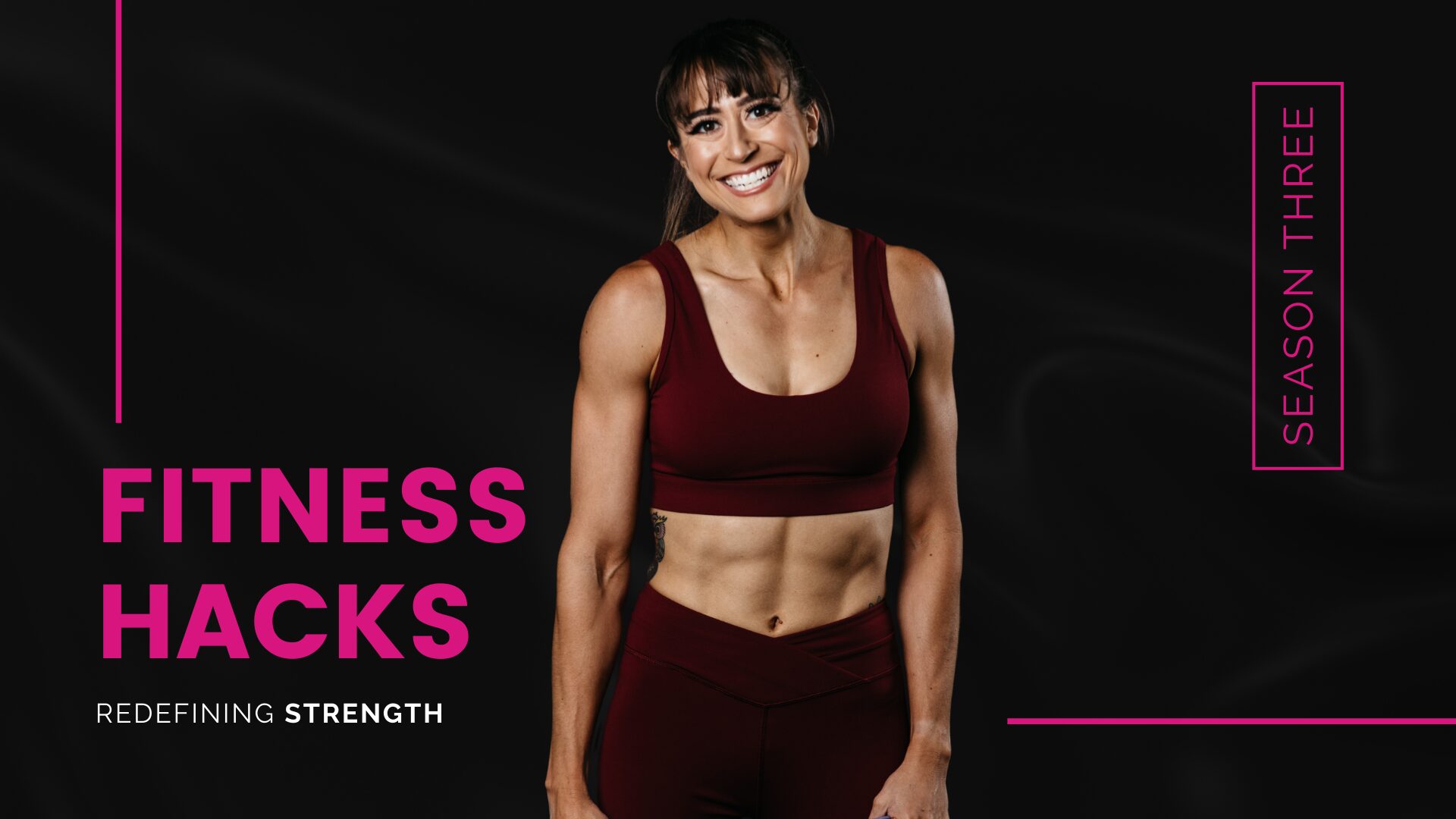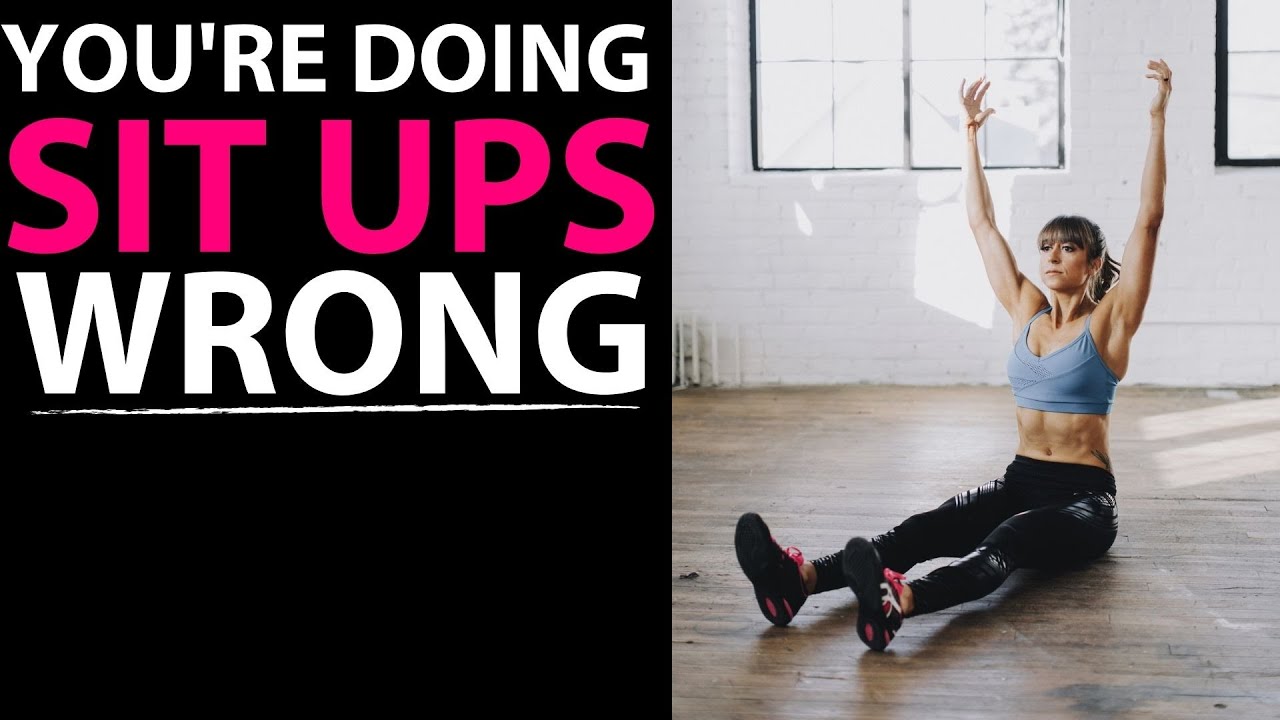
FHP 327 – The Master Was Once The Beginner
I did a podcast a while ago about “how long does it take to achieve (insert result here)?” since I get that question a lot.
And I said in that podcast that the annoying answer is… “Your entire life.”
Often we equate what we are doing RIGHT NOW to the results we have RIGHT NOW.
Even though we do know results take time to build.
The simple fact is, our current results in life are truly an indicator of our past hustle. Ryan shared that statement with me and I thought it was a great summary.
What you did a year ago? Is part of the results you’re seeing now.
It’s why, we can’t just diet the couple of days before vacation and expect abs to pop through. And if they do? Well it’s probably because they were basically there from what you did the 4 months prior at least.
It’s that whole thing of “one healthy meal doesn’t make you healthy just like one unhealthy meal doesn’t make you unhealthy.”
Things are cumulative whether we like to recognize this or not.
Like many of the things we simple write off as “getting older.”
We attribute often aches and pains or struggles to lose weight with old age when, sure there are changes our body goes through as we get older, but also part of what we’re seeing now is due to our past “hustle”…or lack thereof haha
Everything really does “build” off of everything else we’ve done in life…both good and bad.
And at any time we can choose to make a change. But the time is always NOW.
Not Monday. Not in the New Year…
But NOW!
Because in life there is no starting over. There is only moving forward.
And that’s why I wanted to share these 3 tips to help you start hustling today to create the life you want….
#1: Suck it up and learn. Stop searching for a fad diet. Start TRACKING.
Trust me…I know people hate tracking. Hate committing the time to being bad at something. They just want a quick fix. Myself included.
And if there was one, I’d be providing it to all of you. Trust me. It would make my job easier at times.
But I refuse to lie to you about what success takes. And it’s often a sucky process filled with being bad at things as you LEARN.
However, through actually learning the why behind things and focusing on tracking what you’re doing, you give yourself control to make a change and build a solid foundation.
You can help maximize your long term results. Because as tempting as those dramatic quick results are?
They’re often why we’re ultimately looking for that next quick fix! It’s why things haven’t added up the way we’d like from all of the “hustle” we feel like we’ve put in.
So this week, start tracking what you’re doing. Start creating a clear plan. Start learning about each component of what you’re implementing and embrace the fact that you may suck at some new stuff to start!
#2: Focus on the daily habits. Set habit goals.
I’m oddly a horrible goal setter, but the one thing I do set, is habit goals. I very much celebrate those daily habit wins.
Because I realize that by implementing those daily annoying, tedious habits at times, I’ll achieve the results I want.
And the motivation of knowing you’re doing something successful, and if you’re a list person, getting to cross it off your list?
Can help you stay motivated through the ups and downs that are bound to occur.
While we want to remember our ultimate goal, as humans, we don’t do well with the idea of doing something FOREVER. We don’t do well without deadlines. It’s easy to slack or not even get started if there is nothing pushing you.
Especially when results don’t happen fast enough, which they never do.
So set habit goals, mini challenges, daily things you can do that will build toward your ultimate goal but also help you find a “win” in each day!
#3: Create minimums.
Success and results occur by us moving forward even when life is sucky. Plain and simple. It’s easy to be committed when things go perfectly.
But A. Life often doesn’t work with us. And B. Those times are short lived.
That’s why success is truly achieved by finding a way to move forward even during the worst of worse times.
This means recognizing that sometimes progress means simply not losing ground on our goals. Even just losing less than we would have in the past.
But also finding ways to do enough to move forward even if the progress is painfully slow.
That’s where MINIMUMS come into play.
If life is doing it’s best to hold you back?
Find a way to do a MINIMUM amount to maintain your current results. Even plan ahead to do the minimum. You can always ADD!
But by doing just enough to maintain what you’ve already done, you A. Do achieve a win by not digging yourself a hole which goes a far way in long-term results. This also can make you feel less stressed which leads to you then wanting to do more
And…B. You may find you do still move forward and build momentum for yourself. Because often we can still do the minimum effective dose for results…even if they happen even slower than we’d have liked slow results to happen.
Progress though is still progress no matter how small.
So if life is busy right now, think of just doing 5 minute workouts. Just track without stressing a macro ratio. Do SOMETHING, do the minimum, but just enough that you can mentally handle it, to keep moving forward!




